Going Below Minimums
AV Web
MAY 6, 2025
Operations below minimums on an instrument approach can be quite simple if the ceilings and visibilities are significantly above minimums. But when the chips are down along with the ceilings and visibilities, things arent quite so simple. The FAA doesnt guarantee terrain clearance at minimums all the way to the next state.

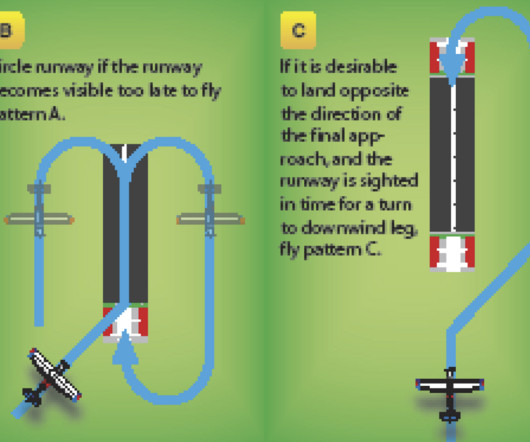



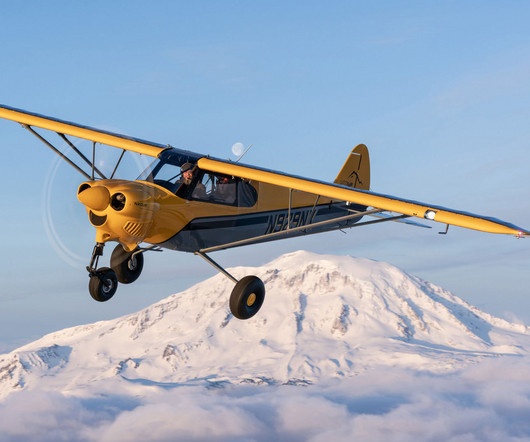
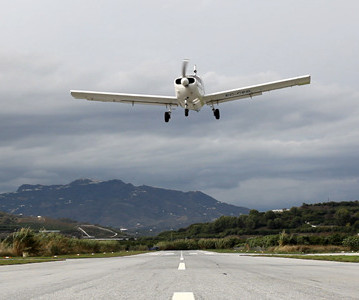
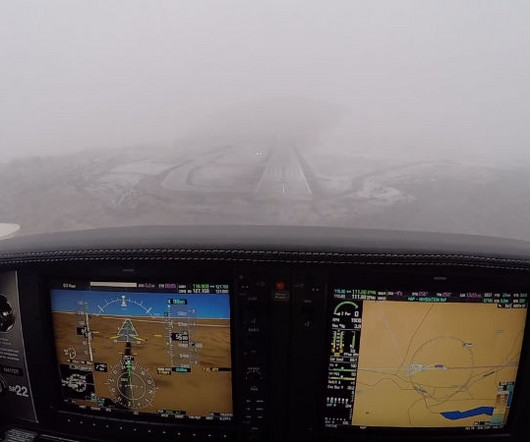
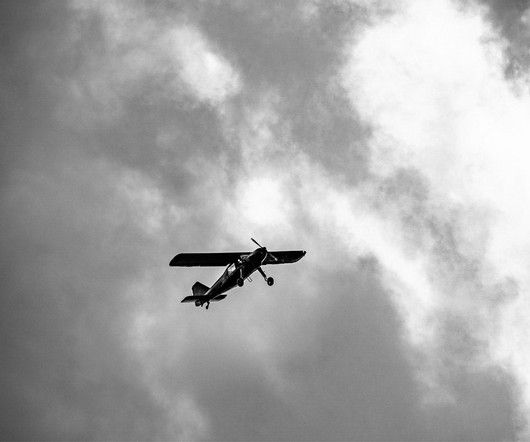
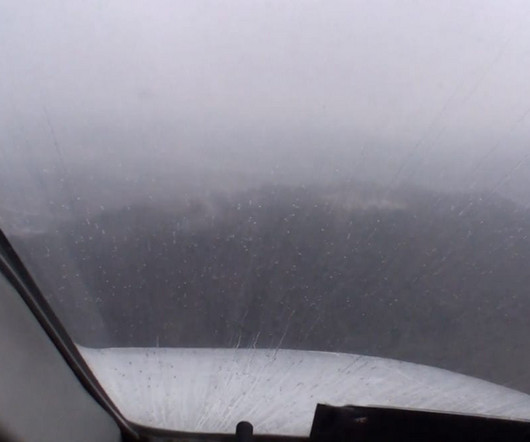








Let's personalize your content